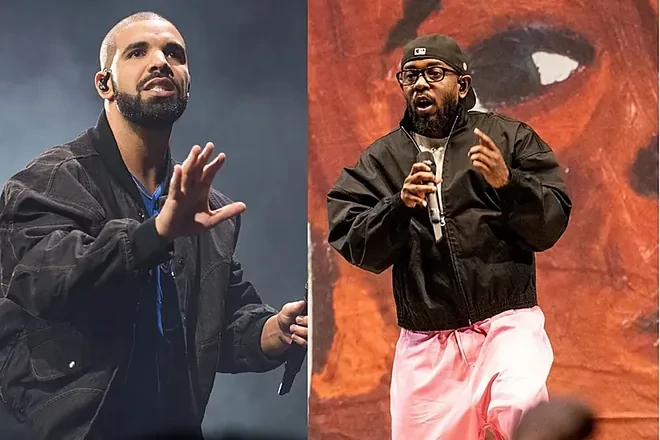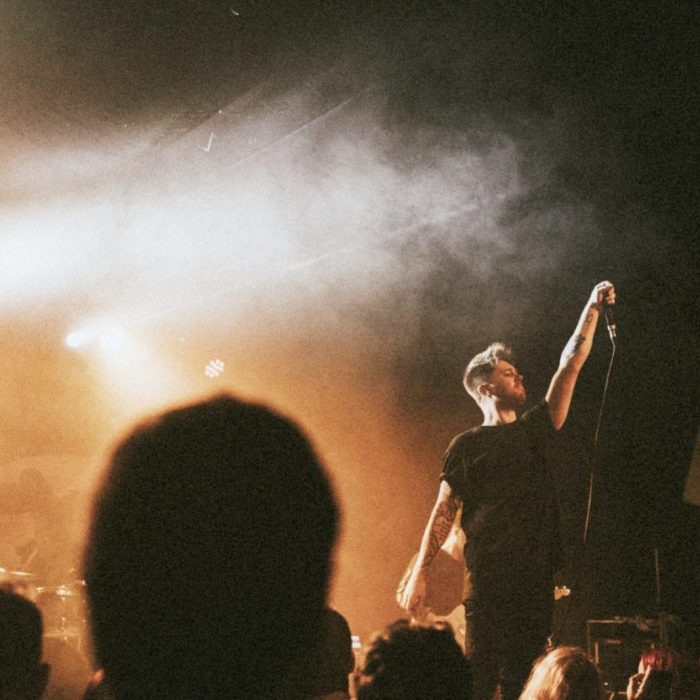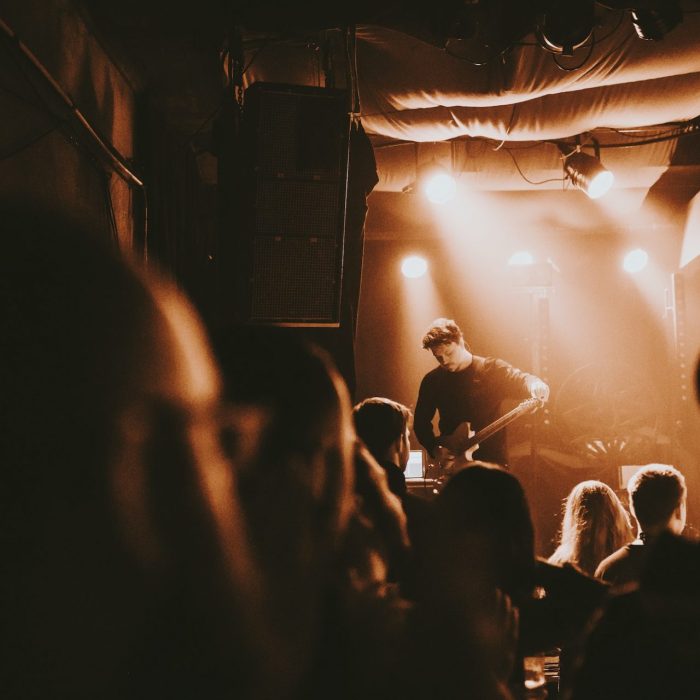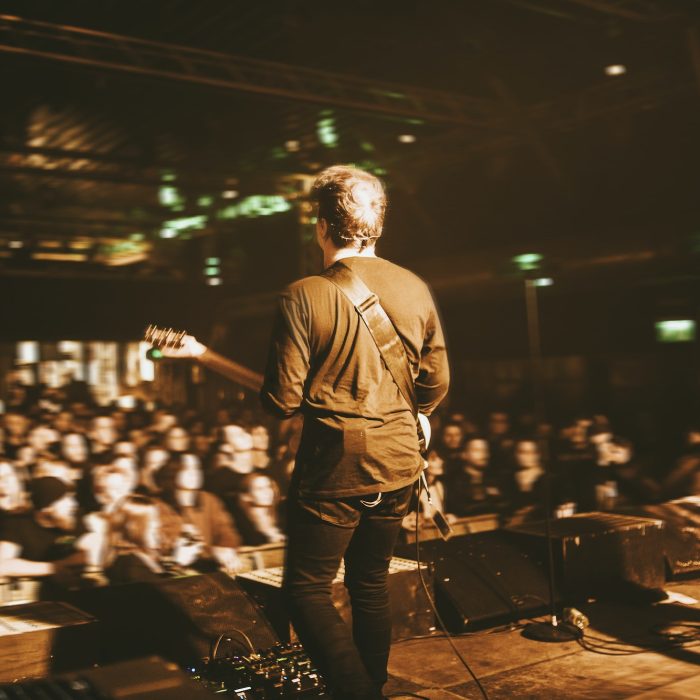Kendrick Lamar vs. Drake feud, one of the most significant clashes in hip-hop history, started subtly before escalating into a full-blown war. In the early 2010s, the two collaborated on tracks like “Buried Alive Interlude,” “Poetic Justice,” and A$AP Rocky’s “(Expletive) Problems,” signaling mutual respect. However, in 2013, Kendrick’s verse on Big Sean’s Control changed the dynamic. Lamar boldly named Drake and other top-tier rappers, declaring his intent to “murder” them lyrically and dominate the industry. Drake responded dismissively, claiming Lamar’s bravado had no substance. While their exchanges simmered, they set the stage for an intermittent rivalry that would ignite repeatedly over the next decade.
Kendrick Lamar vs. Drake: A Decade of Tension and Subtle Digs
For years, Lamar and Drake exchanged jabs through interviews and songs. At the 2013 BET Hip-Hop Awards, Lamar took more shots at Drake, who focused his energy on other disputes, notably with Meek Mill in 2015 and Pusha T in 2018. The feud seemed to fade until J. Cole’s 2023 track “First Person Shooter” reignited it. By referencing “the big three” of rap—himself, Kendrick, and Drake—Cole unwittingly stoked tensions. Lamar responded with a verse on Future and Metro Boomin’s Like That, declaring himself “the great one.” From this point, the feud escalated with blistering diss tracks and personal attacks, reviving the competitive spirit of hip-hop.
Escalation in 2023 and 2024
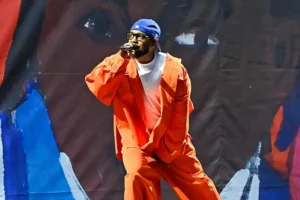
By early 2024, both artists had dropped songs laced with harsh critiques of each other. Drake’s leaked track “Push Ups” dismissed Lamar’s standing in the so-called “Big Three,” crediting his success to collaborators like SZA and Travis Scott. Lamar fired back with “Euphoria,” where he attacked Drake’s rapping abilities, appearance, and personal life. The feud became deeply personal, with Lamar’s “6:16 in LA” accusing Drake’s team of betrayal and character flaws. In return, Drake’s “Family Matters” and “Taylor Made Freestyle” intensified the attacks, even involving AI-assisted verses from Tupac and Snoop Dogg, further complicating the feud with legal threats from Tupac’s estate.
A War of Words and the Fallout
The feud reached its peak with Lamar’s scathing “Meet the Grahams” and “Not Like Us,” where he accused Drake of being a “predator” and critiqued his parenting and team dynamics. Drake attempted to de-escalate with “The Heart Part 6,” a measured response acknowledging the feud’s role in boosting his sales and revitalizing Lamar’s output. Despite the heated exchanges, both rappers benefited creatively and commercially, reaffirming their dominance in hip-hop. While fans debated who emerged victorious, the feud underscored the enduring competitive spirit of rap. There, lyrical battles and personal rivalries fuel innovation and artistry.
In the end, the Lamar-Drake feud transcended mere music, becoming a defining chapter in contemporary hip-hop history. It highlighted the power of rivalry to push boundaries and the blurred lines between art and personal conflict in the industry.

